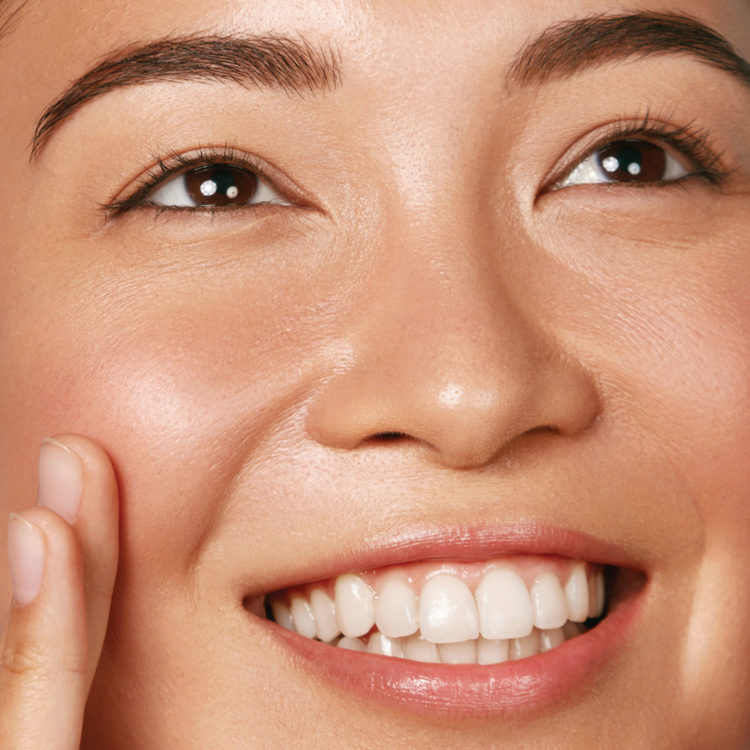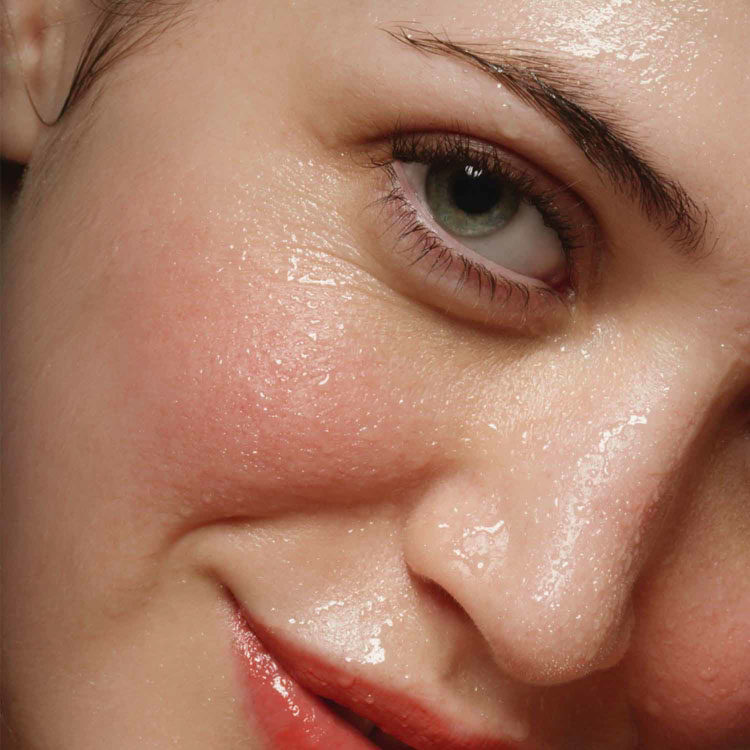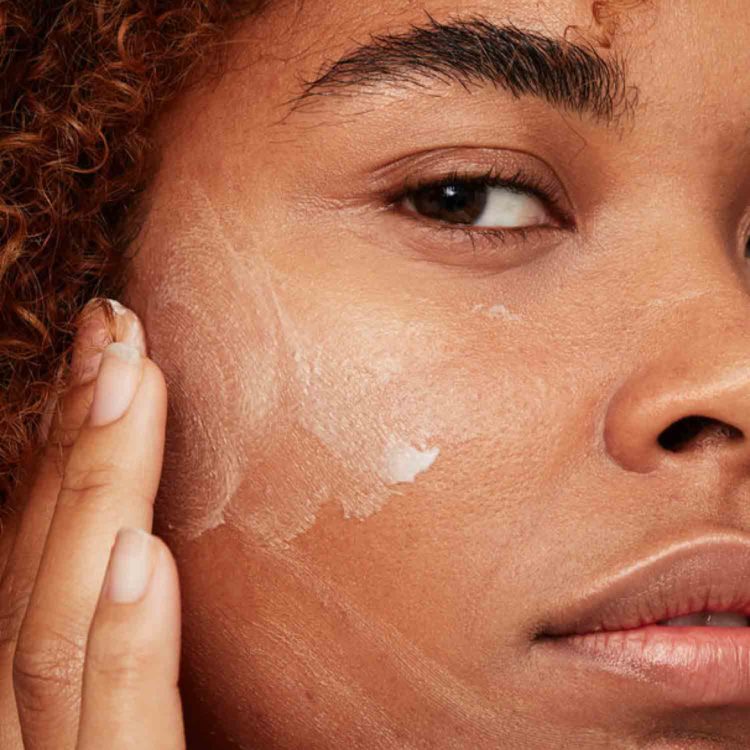MILD + comfortable weather
Temperate climate
WHAT EXACTLY CHANGES IN THE SKIN: You know it’s temperate weather when it’s the same temperature inside as it is outside with no help from heating or air-conditioning. Temperate weather is the one and only skin-loving climate. In mild weather when humidity and temperatures are average, your skin is relaxed and clinical studies have confirmed, your skin functions at ease.
In light spring and fall weather, mild winter days and cool summer days, your skin actually benefits from the atmosphere. Your skin’s Natural Moisturizing Factor (NMF) draws in the optimal amount of atmospheric water for your skin to stay naturally moist and balanced. Skin’s barrier functions are less challenged by pollution and UV light because UV index is lower than in extreme climates. Yet, they still exist and contribute to free radical damage.






